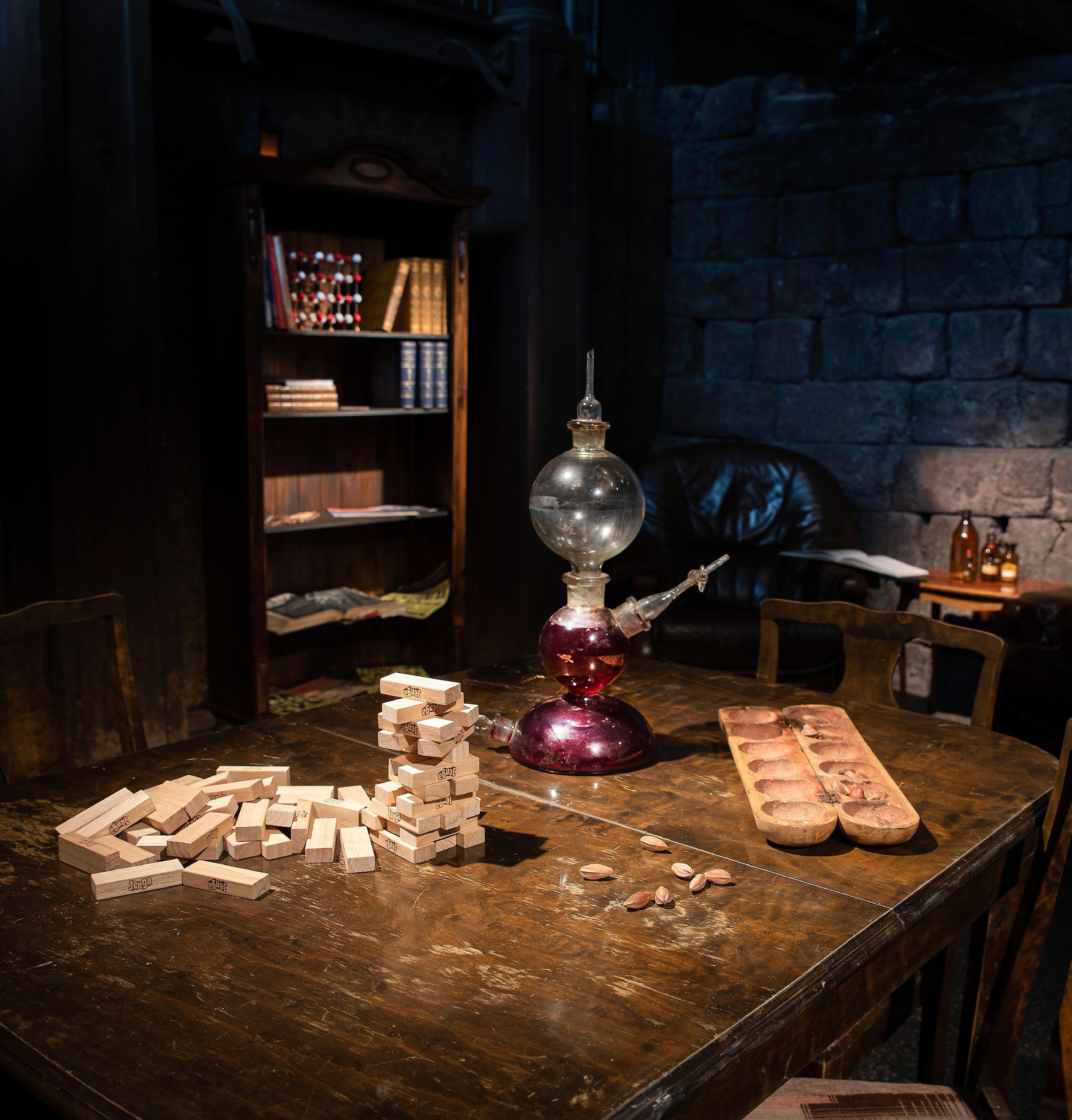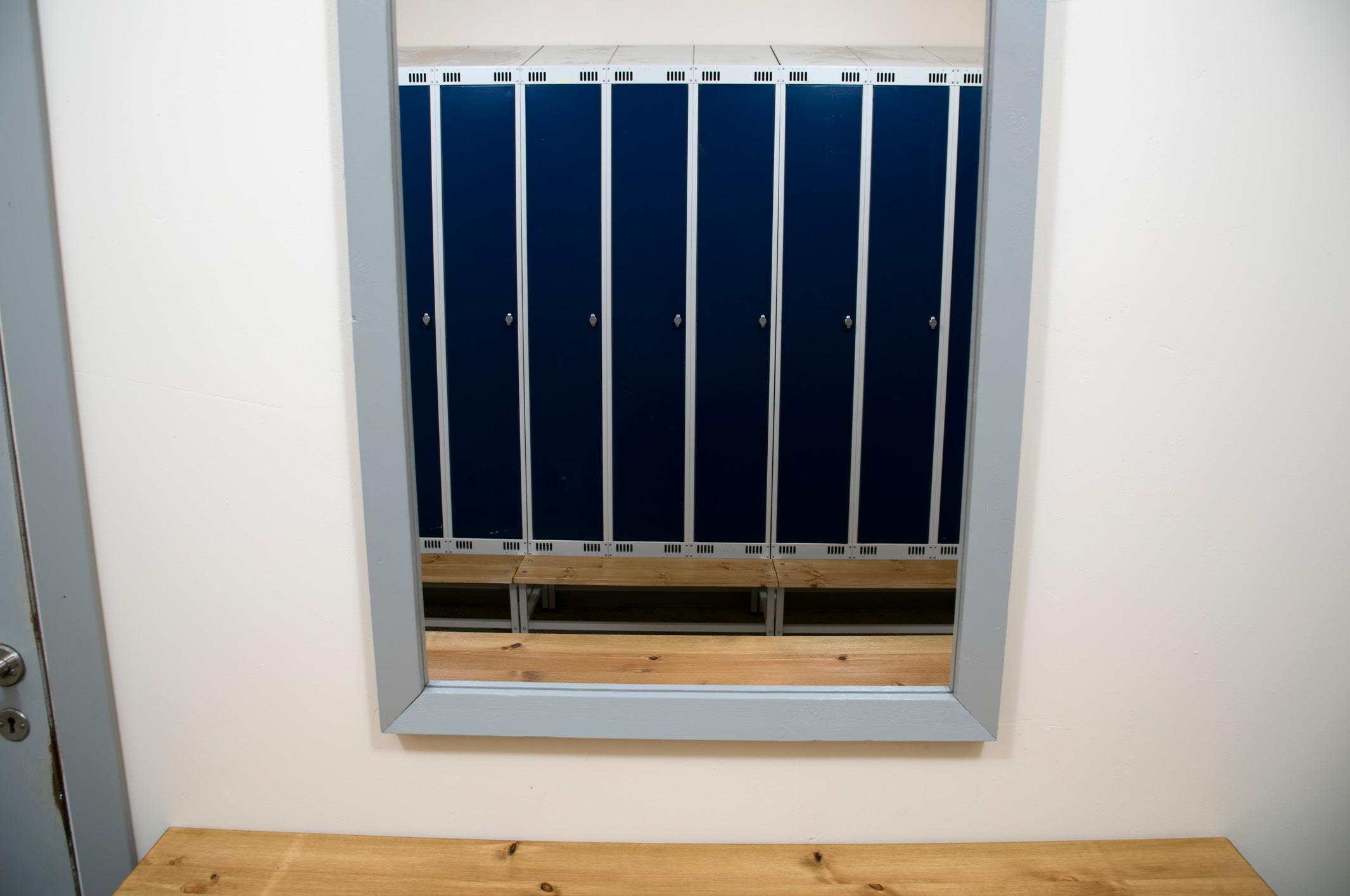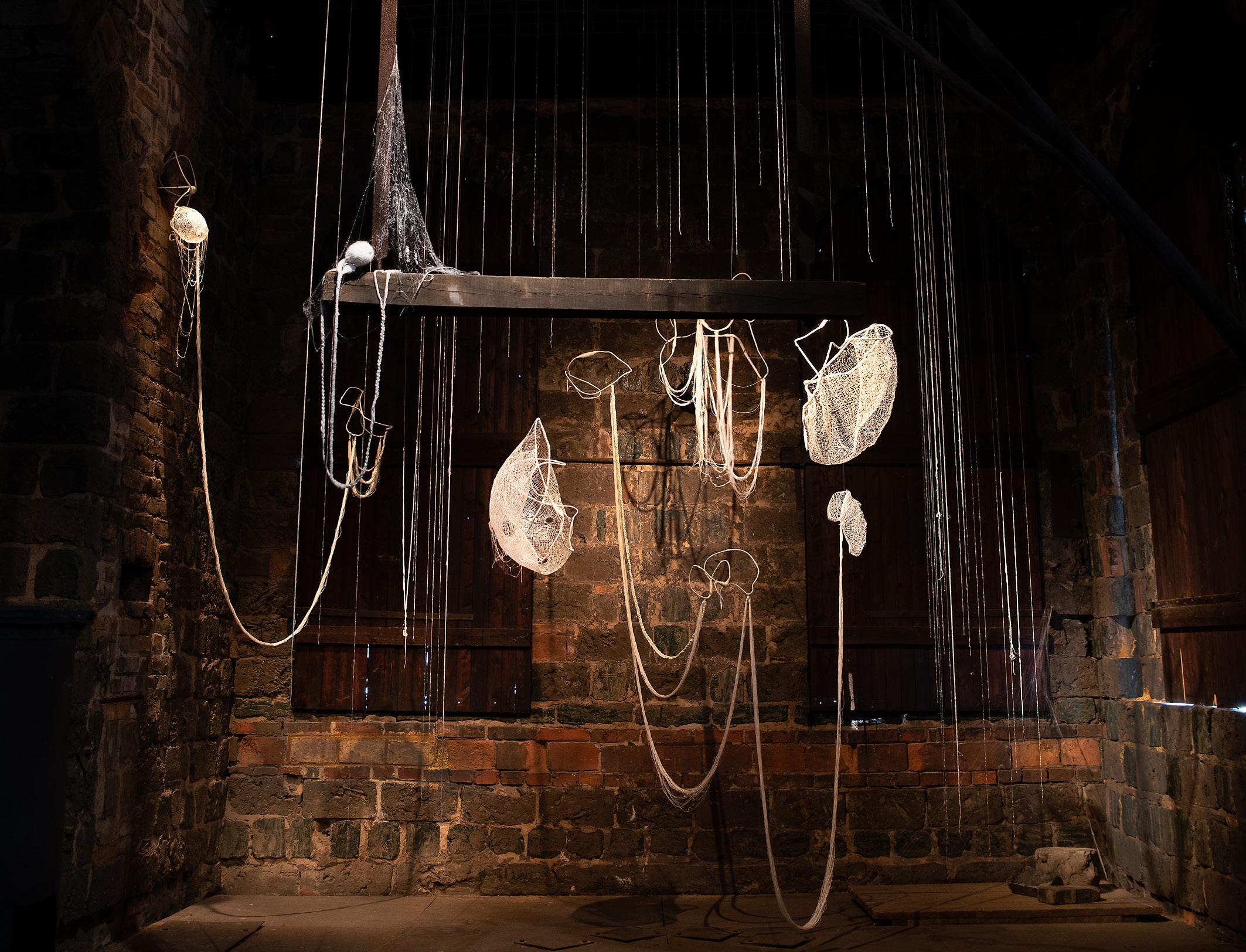
2 minute read
Art’s Abode – for a quarter of a century
The very first Avesta Art opened a quartercentury ago. For almost as long as the blast furnaces had worked to free iron with their glowing heat, they had now waited cold and silent, deep in slumber. It was a day of fresh snow and sparkling sunlight when the first artists came to prepare their exhibits. Their steps up the stately staircase became, both literally and figuratively, an expression of a completely new path. A new shift of workers was taking over in the largescale industrial environment that had once contributed to leaps of development for Sweden and the Western World. Now, contemporary art would create new heat where the iron once ran in glowing white streams.
Avesta Art was something that no one had asked for or imagined. The Municipality of Avesta had taken over the old ironworks area with the ambition to use it for new workplaces and maybe housing. But in the deal, the municipality also acquired a world-class cultural and industrial heritage site. Avesta’s cultural director at that time, Lars Åke Everbrand, saw the potential in filling the site with substance. After careful restorations, financed by the municipality, the Dalarna Country Administrative Board and the Axel and Margaret Ax:son Johnson Foundation, the cultural director dared to try out the smelting house as an art gallery.
Contemporary art interacting with the industrial relic’s own strong expression was the idea that came to be known as Avesta Art. Artists from different generations, with different intentions, design languages and materials, from different countries and parts of the world, create transboundary encounters here between art and cultural heritage. Avesta Art began as a biennial, carried out every other year, and since 2010 has been an annual exhibition. More than 200 artists have now exhibited here and more than a half-million visits have been recorded.
With the ironworks as art gallery, contemporary art reaches much wider groups than via art’s traditional halls – or as Bo Degerman, an art critic for local newspaper Dala-Demokraten, once wrote, “In the old smelting house, the art scene is peeled away. The art itself remains. ... The setting adds its own mark. It is not the creaking parquet floors and whispering know-all attitude of the galleries, not the highbrow parlour where upbringing and academic degrees create barriers that make many people feel out of place. ... Here you become part of the art. The ironworks is like a good mother. She does not allow exclusion.” (Dala-Demokraten Summer Edition, 1997) Avesta Art has put Avesta on the art map.










